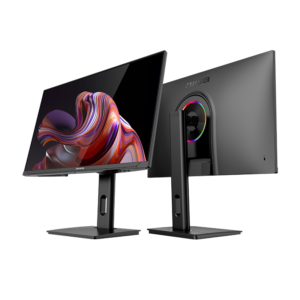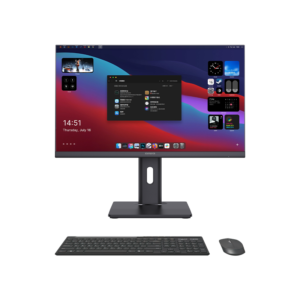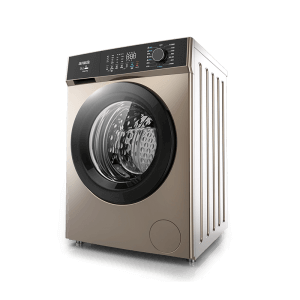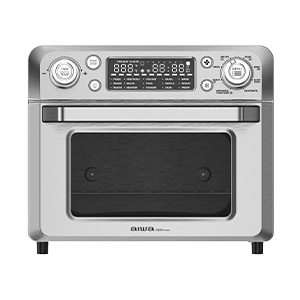How Do Speakers Work
Nowadays, speakers are almost everywhere. They allow us to hear what others are saying, but more importantly to enjoy the experience of listening to the sounds coming from our favorite songs and videos.
With a speaker, you won’t miss out on your favorites no matter where you go, whether it’s listening to classical pieces from Mozart or Taylor Swift’s newest single.
In this quick guide, we will give you an understanding of how a speaker works. This way, you will realize how complex are the sound creation and transfer process.
But first, let’s start with the basics.

What is a Speaker?
To understand speakers, we first need to review how we as humans hear and understand sounds. The inner side of our ears has a thin layer of skin called “the eardrum”. Hearing occurs when the eardrum vibrates, and the brain interprets vibration as sound. The most common cause of eardrum vibration is the sharp change of air pressure. When an object vibrates in the air, it makes a sound by causing the air molecules around it to move. In turn, these air molecules squeeze other air molecules around them, spreading vibrations through the air in the same way as disturbances.
Speakers work in a similar way to our eardrums. When recording, different sounds and frequencies transmit vibration to the recording equipment through air. With the vibration of the recording equipment, there will be current changes which will be recorded by the speaker. With the transmission of electricity to the playback device, the current flow causes a vibration of the playback device, so the sound is restored.
There are many kinds of loudspeakers, and they work in different ways. Let’s take the commonly used magnetic speaker as an example to introduce how it converts audio electrical signals into sound signals.
- The structure of the magnetic speaker
The structure of the magnetic loudspeaker is mainly composed of a paper basin, voice coil, permanent magnet, and bracket. The voice coil is fixed with the paper basin and is covered with a permanent magnet. The bracket is used to fix the permanent magnet, the voice coil, and the paper basin.
- The work mechanism of the magnetic speaker
When the speaker is working, the voice coil inputs the current signal through the terminal audio. The alternating magnetic field then interacts with the fixed magnetic field produced by the permanent magnet. This causes the voice coil to move under the magnetic field’s action, thereby driving the cone to vibrate and produce sound.
Generally speaking, the larger the audio current signal passing through the voice coil, the stronger the alternating magnetic field generated. This also implies that the greater the vibration amplitude of the paper cone, the stronger the sound. However, you should also remember that the audio current signal passing through the voice coil cannot be too large. Otherwise, the distortion of the sound from the speaker will increase and even damage the voice coil.
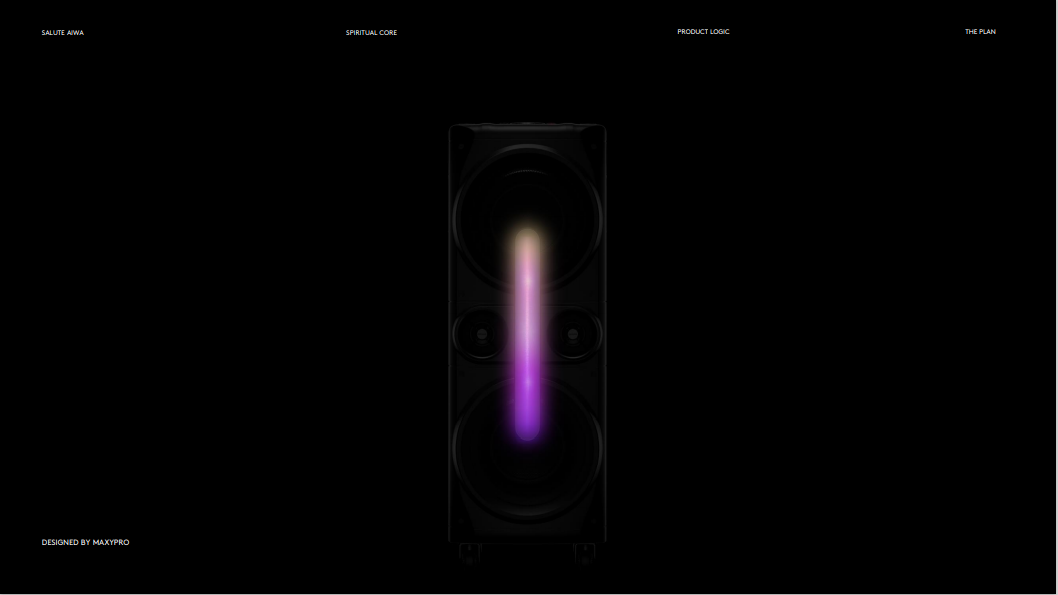
- The sound reproductionprocess
To give customers a more realistic music experience, some speakers would reproduce a stereo recording in an ordinary living room so that listeners have the illusion that the two speakers have disappeared. When they close their eyes, they can easily imagine being present at the recording space, as they listen to the phantom audio scene in front of them. This is called “sound reproduction”.
According to the existing implementation technology, immersive sound reproduction systems can be divided into two categories. One is achieved through physical means, including track-based and object-based sound.
The actual multi-channel power amplifier speaker realizes the so-called “physical realization” to restore the recorded scene information in multi-channel by adding channels. To restore more live sound information, more channels of technology are used. With more channel information, the sense of presence is stronger and the sound effects are better.
There is also a combination of audio object and channel technology, such as the Dolby Atmos System and DTS:X immersive sound. The so-called “audio object” can generally be understood as sounds in a movie scene, such as a bird singing, a racing car, thunder, rain, etc. However, this mode of completely taking audio objects as expressions cannot be solved all problems because there are too many objects on the screen, and it is hard to combine all types of sounds in one channel. So, it must be based on the combination of objects and channels.
The other is based on the physical and psychological experience of people and is not realized through specific physical soundtrack playback. It is also called a “virtual immersive sound reproduction system”. At present, many audio technology companies use different technical algorithms and principles to achieve immersive sound reproduction. The final listening experience depends on its different algorithms, principles, channels based on it, and the scene restored by the movie.
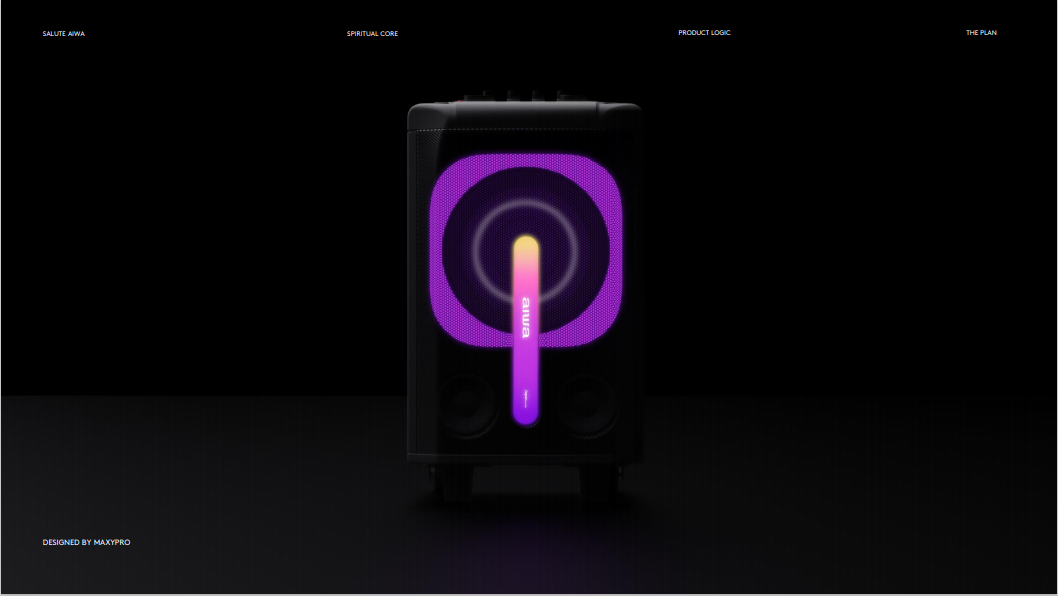
Conclusion
A good speaker should provide an immersive listening experience, be it for your favorite tunes or a movie you’re watching. We at Aiwa work hard to release the best Bluetooth speakers that can offer you a stable connection and realistic sound. Click here to discover our wide selection of speakers!









